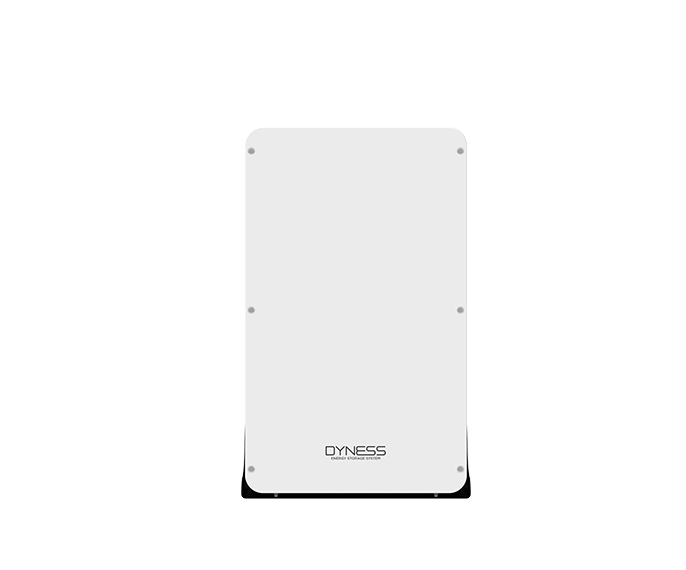Dyness Knowledge | Solar and energy storage must-learn terminology(SOH)
-
Technical Blog
-
2024-02-22
-
Dyness

State of health (SOH) is one of the important parameters of battery products.
In the energy storage industry, energy storage batteries are a common energy storage device. However, battery performance degrades over time and conditions, requiring monitoring and evaluation of battery health.
State of health (SOH) is one of the important parameters of battery products. It describes the storage capacity of the battery in the current state, that is, the ratio of the available capacity of the battery in the current state to the available capacity of the battery in the outgoing state, and the unit is the percentage (%).
Theoretically, the SOH of the battery is 100% when it leaves the factory. As the user uses the battery, the SOH value of the battery will slowly decrease until it cannot meet the daily use of the user, that is, the SOH drops to the end-of-life value of the battery (End-of-Life, referred to as EOL, usually 70% or 80%), and the battery life is also declared over.

The SOH of the battery largely reflects the aging degree of the battery. The causes of battery aging are complex, and the academic community generally believes that lithium-ion deposition, SEI film thickening, and active material loss are the main reasons.
Although battery aging and capacity fading are inevitable, they can indeed be delayed. Studies have shown that the ambient temperature, charge-discharge rate (C-Rate), depth of discharge (DOD), charge-discharge cycle interval, charge-discharge cut-off voltage, etc. during battery use will have more or less impact on the health of the battery. As users, if we develop healthy battery usage habits, we can slow down the decrease of battery SOH value to a certain extent and effectively prolong the service life of the battery.
The state of health of the battery cannot be obtained through direct measurement and is generally obtained through model evaluation. There are mainly three models in common use at present:
1. Electrochemical model
The model starts from the electrochemical mechanism of the battery and simulates the aging process of the battery through the internal and external state variables of the battery (temperature, charge and discharge current, cut-off voltage, etc.).
2. Equivalent circuit model
Starting from the electrical engineering of the battery, the model equates the battery to a basic circuit model and simulates the aging process of the battery through the changes of physical parameters such as battery internal resistance and capacitance in the equivalent circuit.
3. Empirical models
The model analyzes a large amount of data, summarizes the change in battery SOH, and then derives the empirical formula of the battery health state. For example, an empirical formula based on battery impedance, an empirical formula based on battery cycle life, etc.




























































